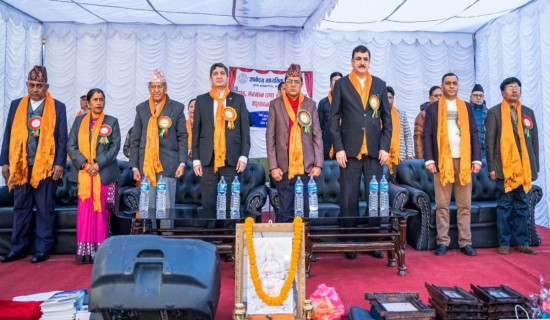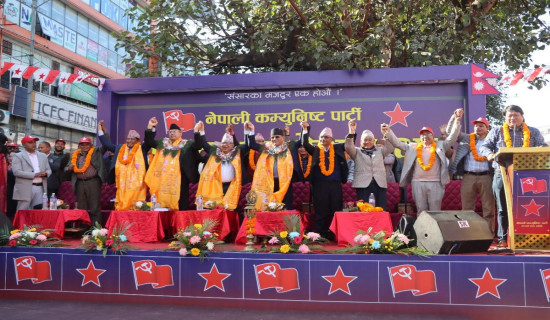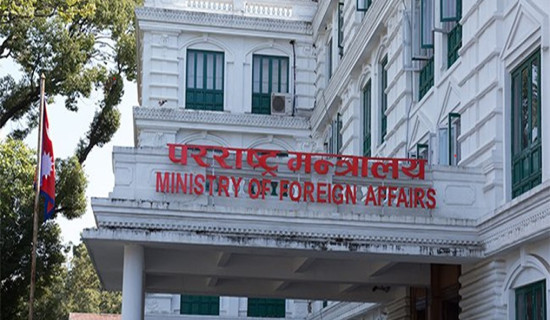- Monday, 1 December 2025
Takaichi wins LDP leadership vote; likely to become Japan's first female PM
By Himari Semans, Gabriele Ninivaggi and Kanako Takahara (Japan Times), Oct 4: Former economic security minister Sanae Takaichi on Saturday was elected the first female president of the Liberal Democratic Party — and is almost sure to become the country’s first female prime minister — after defeating farm minister Shinjiro Koizumi in a runoff.
Takaichi earned 185 votes against Koizumi’s 156 in a runoff after none of the five candidates in the party leadership race secured a majority in the first round of voting.
Takaichi gained 149 lawmaker votes and 36 LDP chapter votes, topping Koizumi’s 145 votes from lawmakers and 11 from the prefectural chapters. It was her third bid for the party leadership.
“I’m feeling how tough it’s going to be from here on, rather than feeling happy,” Takaichi said after her election.
“We won’t be able to rebuild the party if I don’t get everyone’s help, from all generations,” she added. “I will scrap my work-life balance and work and work and work and work.”
Koizumi, meanwhile, said that the party should unite under the new party president and thanked his supporters for their efforts.
In the initial round of the election, Takaichi came in first with a total of 183 votes — 64 from party lawmakers and 119 votes from rank-and-file members — followed by Koizumi’s 164 votes — 80 from party lawmakers and 84 from the rank and file.
Chief Cabinet Secretary Yoshimasa Hayashi finished in third place with a total of 134 votes, with former economic security minister Takayuki Kobayashi (59 votes) and former LDP Secretary-General Toshimitsu Motegi (49 votes) lagging behind. Hayashi earned 72 votes from lawmakers, compared with 44 for Kobayashi and 34 for Motegi.
Candidates were vying for a total of 590 votes. Incumbent party lawmakers have one vote each, for a total of 295 votes. Votes from about 916,000 rank-and-file members were proportionally assigned to 295 votes.
Koizumi and Takaichi vied for 295 parliamentary votes and 47 prefectural chapter votes in the runoff.
Unlike last year’s race, the policies of the five candidates were harder to differentiate this time around. All stayed away from controversial topics to avoid losing votes from party lawmakers, whose support will make a bigger difference in a runoff.
Leaving room for policy negotiations with opposition parties for a possible expansion of the ruling coalition was also seen as another factor for the lack of distinction in the candidates’ platforms.
An extraordinary session of the Diet — as Japan’s parliament is formally known — to elect a prime minister is expected to be convened in mid-October.
Although the LDP-Komeito coalition doesn’t have a majority in both chambers of parliament, its pick for prime minister is expected to be elected, with opposition parties being unable to rally behind a candidate of their own.
The new president has a number of daunting tasks ahead of her as she seeks to rebuild the party while leading a minority government in both the Lower and Upper houses.
Her first challenge will be to unite the divided party. Her picks for the LDP executive lineup will be key, with all eyes on whether she will include her election rivals and their supporters among those choices.
Once she is elected prime minister, Takaichi will be facing a parliament in which the LDP-Komeito coalition will need the opposition's cooperation to pass legislation.
Takaichi has said that she is eager to expand the coalition before the vote to elect a prime minister. Key policies for any new coalition partner will be constitutional revision, national security and diplomacy, as well as the economy, she said.
She will also need to quickly get up to speed on the diplomatic front, with Tokyo and Washington coordinating a possible bilateral meeting between the new prime minister and U.S. President Donald Trump for later this month.
A 64-year-old Lower House lawmaker representing Nara’s No. 2 constituency, Takaichi has over 30 years of experience in parliament.
A protege of late former Prime Minister Shinzo Abe, she has served in several key portfolios both within the party — as policy chief and general affairs council chair — and in the Cabinet.
From 2022 to 2024, she was Japan’s economic security minister. She also holds the record as the longest-serving minister for internal affairs, a post she held in several stints.
Takaichi has long been the poster child of the LDP’s conservative wing — championing causes such as high government spending, a hawkish approach to China and a large defense budget.
However, in her third bid for president, she tried to soften her image in an appeal to enlarge her support within the party.
“I don’t want to be pigeonholed just as a conservative, I’m more of a moderate conservative now that all these parties have come out,” Takaichi said last month, making apparent references to parties such as Sanseito and the Conservative Party of Japan, which she did not name.
Takaichi also called China an “important neighbour” and emphasised the importance of strengthening bilateral relations.

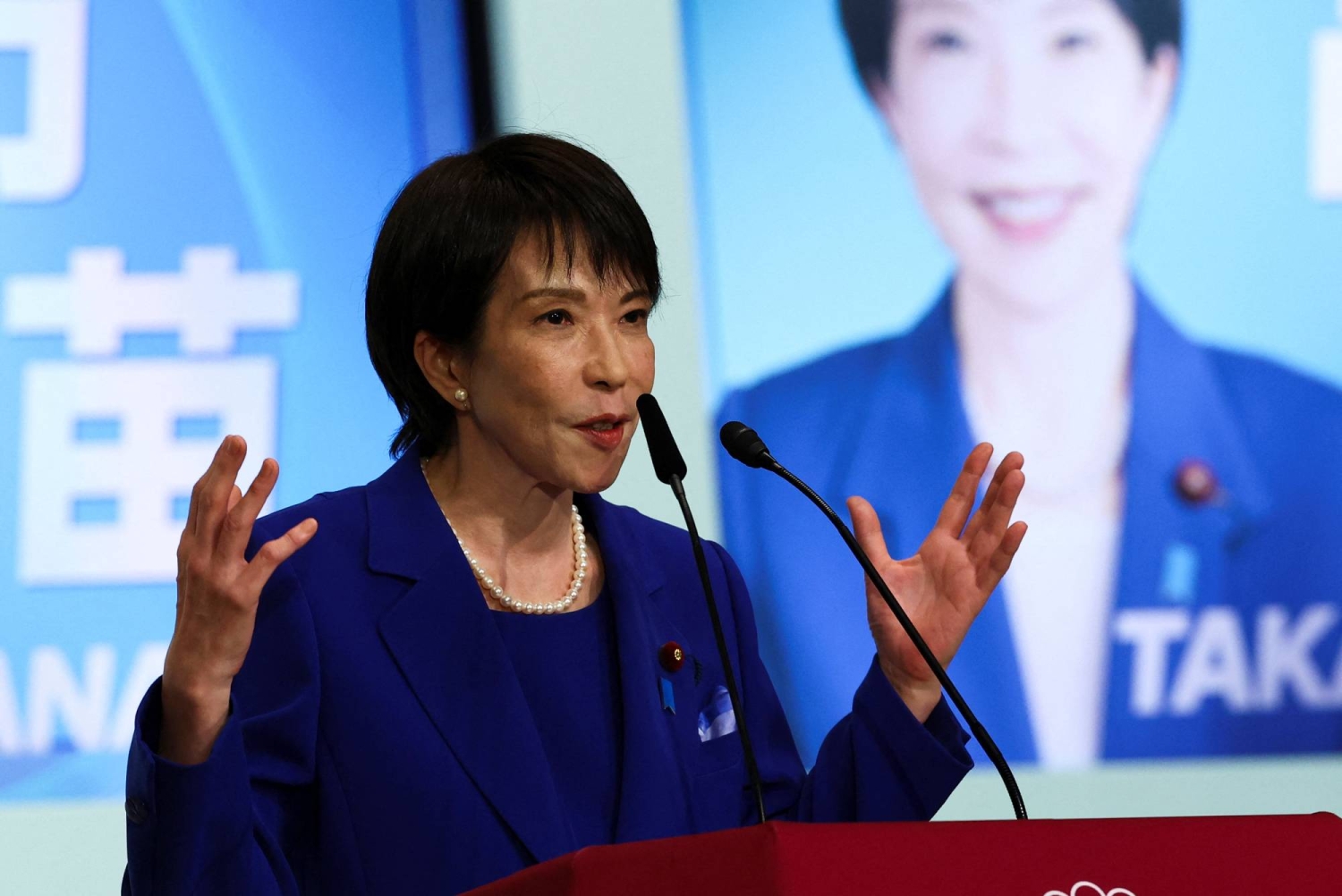




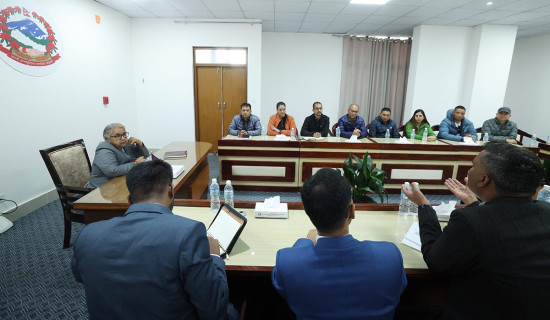

-square-thumb.jpg)



